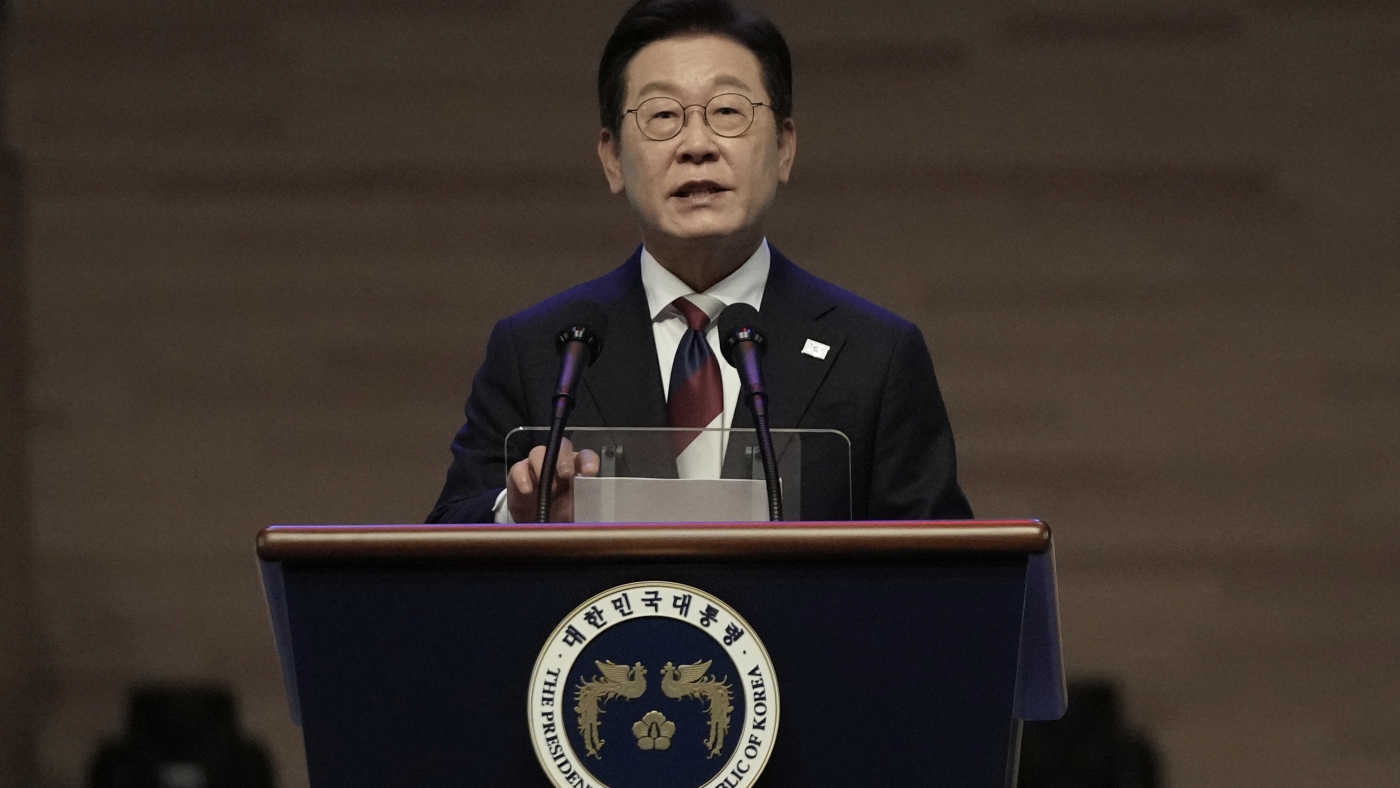Historic Summit: South Korean President Lee Jae-myung Meets U.S. President Donald Trump in Washington
Washington, D.C. – August 25, 2025 – In a pivotal moment for U.S.-South Korea relations, South Korean President Lee Jae-myung arrived in Washington on Sunday for his first summit with U.S. President Donald Trump, scheduled for Monday at the White House. This high-stakes meeting comes amid evolving global tensions, including North Korean provocations, U.S.-China rivalry, and economic uncertainties following Trump’s return to office. As the current date marks the summit day, the world watches closely to see how these two leaders navigate alliance modernization, trade commitments, and regional security threats.
Lee Jae-myung, who assumed the presidency in June 2025 after the impeachment of his predecessor and a snap election, faces his first major foreign policy test. His administration has been grappling with domestic political turmoil, including the declaration of martial law in December 2024, which delayed South Korea’s engagement with the new Trump administration. Despite attempts to meet earlier—at the G7 summit in Canada and the NATO leaders’ meeting in The Hague—scheduling conflicts, including Trump’s abrupt departure for an Iran-related operation, postponed their encounter. Now, with a framework trade agreement secured in July, the summit provides an opportunity to address a broader agenda.
Central to the discussions is the July trade deal, which reduced U.S. tariffs on South Korean exports from 25% to 15%. In return, South Korea pledged a staggering $350 billion investment in the U.S. economy over the coming years, including $100 billion in U.S. energy purchases. This commitment extends to key sectors like semiconductors, batteries, shipbuilding, and critical minerals. A highlight of Lee’s visit is his planned tour of the Philadelphia Shipyard, recently acquired by South Korea’s Hanwha Group, symbolizing enhanced industrial cooperation. Trump, known for his “America First” policies, is expected to push for detailed implementation plans to ensure these investments bolster U.S. manufacturing and job creation.
Defense and security will dominate the talks, given the 71-year-old U.S.-South Korea alliance and the presence of 28,500 U.S. troops on the Korean Peninsula. Trump has historically demanded that allies shoulder more of the financial burden, and sources indicate he may seek $5-10 billion annually from Seoul for troop maintenance—far exceeding current contributions. South Korea’s defense spending stands at about 3% of GDP, but Trump is pushing for an increase to 3.8% or even 5%, aligning with his calls for NATO allies to meet similar thresholds. Lee, however, has expressed reservations about granting “strategic flexibility” to U.S. forces, which could allow their redeployment for conflicts beyond the peninsula, such as a potential Taiwan crisis. This stance reflects South Korea’s delicate balancing act between its U.S. alliance and economic ties with China, its largest trading partner.
The summit also follows Lee’s recent visit to Japan on August 23-24, where he met Prime Minister Shigeru Ishiba to bolster trilateral cooperation with the U.S. This move aims to counter regional threats, including from China and North Korea. On North Korea, both leaders share an interest in diplomatic engagement, but prospects are dim. Pyongyang has rejected talks, deepened ties with Russia through joint military exercises and arms deals, and continued missile tests. Lee advocates a phased approach to denuclearization, while Trump may explore reengagement conditions. Domestically, some in South Korea have floated pursuing an independent nuclear option, a topic that could strain alliance talks.
Critics have raised concerns about Lee’s foreign policy leanings. U.S. commentator Gordon G. Chang described Lee as an “anti-American president” attempting to pivot South Korea toward China and North Korea, potentially undermining the alliance. In a column covered by South Korean media like Chosun Ilbo, Chang warned the Trump administration not to be swayed by Lee’s pro-U.S. rhetoric. Similarly, Grant Newsham, a retired U.S. Marines colonel, urged Trump to address Chinese Communist Party influence on Lee’s administration, which he claims seeks to erode the partnership.
The summit’s format includes an Oval Office meeting, a possible Cabinet session, a working lunch, and joint statements. Lee will also deliver his first foreign policy address abroad at the Center for Strategic and International Studies (CSIS), focusing on U.S.-Korea relations. Prior to the summit, Lee met with Korean American leaders, including Senator Andy Kim, to rally support for the alliance. He also convened with South Korean conglomerates like Samsung and Hyundai, who are accompanying him to emphasize economic ties.
This meeting is crucial for Lee, who must secure Trump’s backing while advancing South Korea’s interests in a volatile geopolitical landscape. For Trump, it’s an opportunity to reinforce alliances amid his administration’s focus on countering China and revitalizing U.S. industry. Outcomes could include refined trade implementation, defense cost-sharing agreements, and a joint strategy on North Korea. However, divergences on troop flexibility and defense spending may highlight tensions.
As the summit unfolds, it underscores the enduring yet evolving U.S.-South Korea partnership, forged in the Korean War and now adapting to 21st-century challenges. With global eyes on Washington, the decisions made today could reshape Indo-Pacific security for years to come. Analysts predict announcements on enhanced cooperation in technology and energy, but warn that unresolved issues like tariff adjustments and nuclear policy could linger. In a world of shifting alliances, this dialogue between Lee and Trump represents a critical juncture for bilateral ties.
